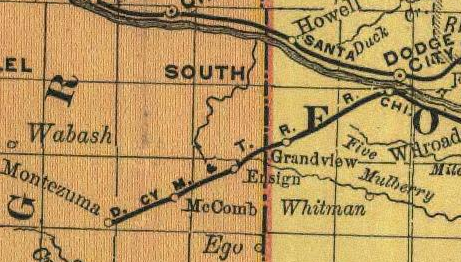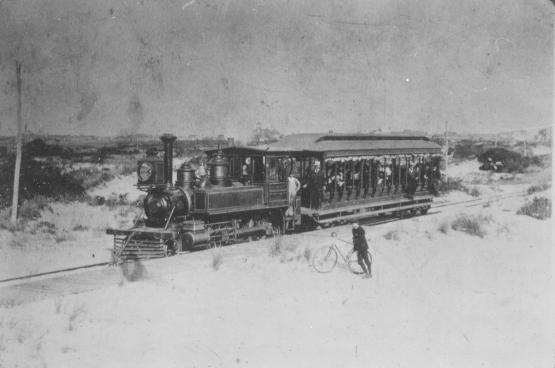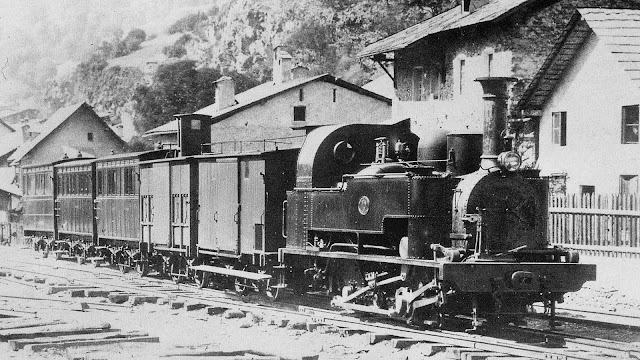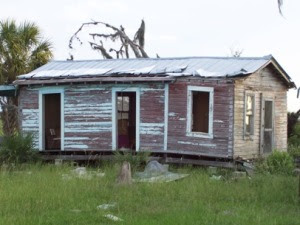Ottoman Railway Ruins in Nitzana, Israel

In 1917, during World War I, the British and the Ottoman Empire were engaged in battle in and around the Sinai and Gaza regions of present-day Egypt and Israel. At the center of the battle was an Ottoman Railway line running from Be'er Sheva to Hafir el Auja. ( Wikipedia ) The railway was being extended south and west from Hafir el Auja to the Suez Canal, making it a strategically important piece of infrastructure that would significantly increase the Ottomans' military capabilities in the region. As such, it was a target for the British and her allies. 13 Miles of the railway line were destroyed by troops from New Zealand on May 23rd, 1917, with more stretches destroyed the next day, in a significant victory for the British. ( Route on the Abandoned & Out-of-Service Railroad Lines Map) To this day, the only part of the railway that was rebuilt currently runs from Ramat Hovav to Be'er Sheva in Israel. Within present-day Egypt, the railway had been completed to an









